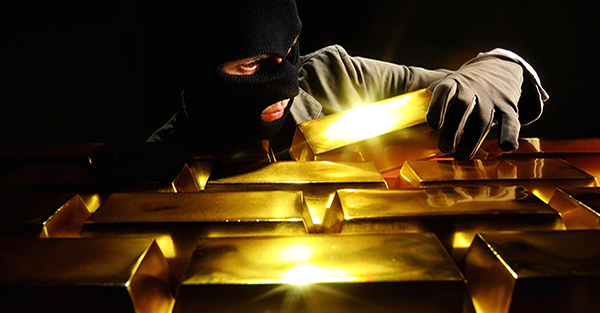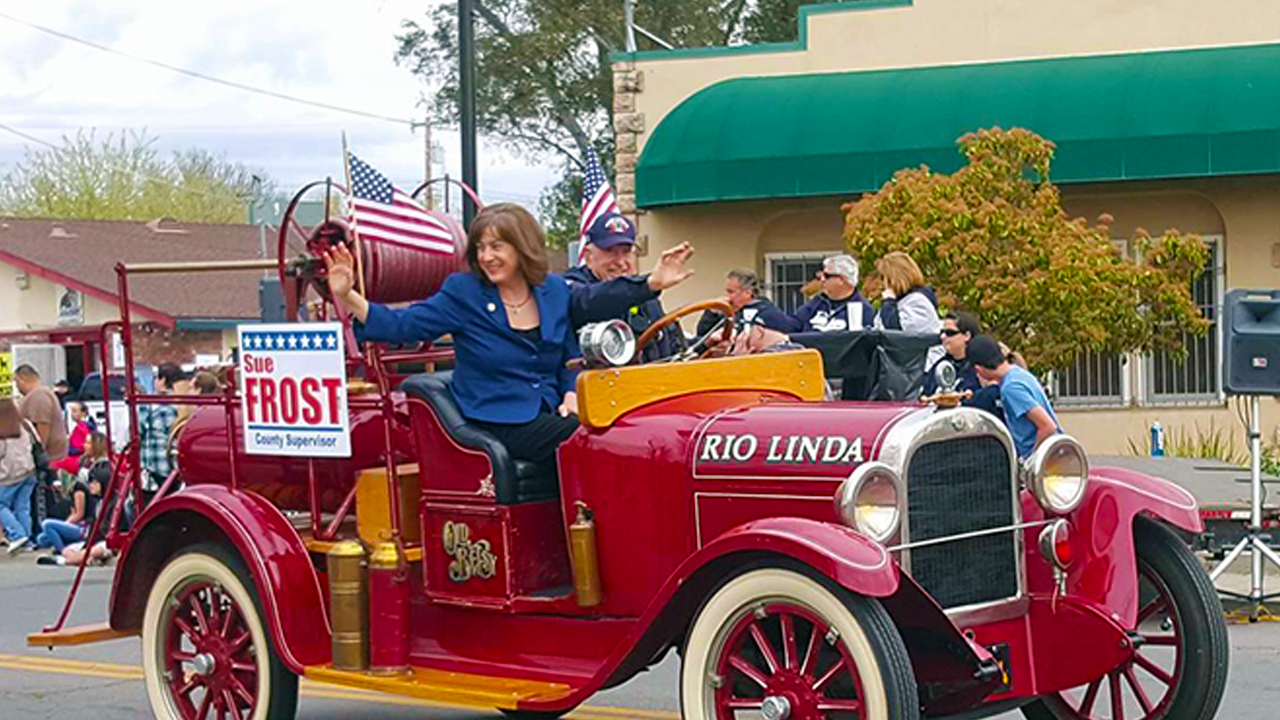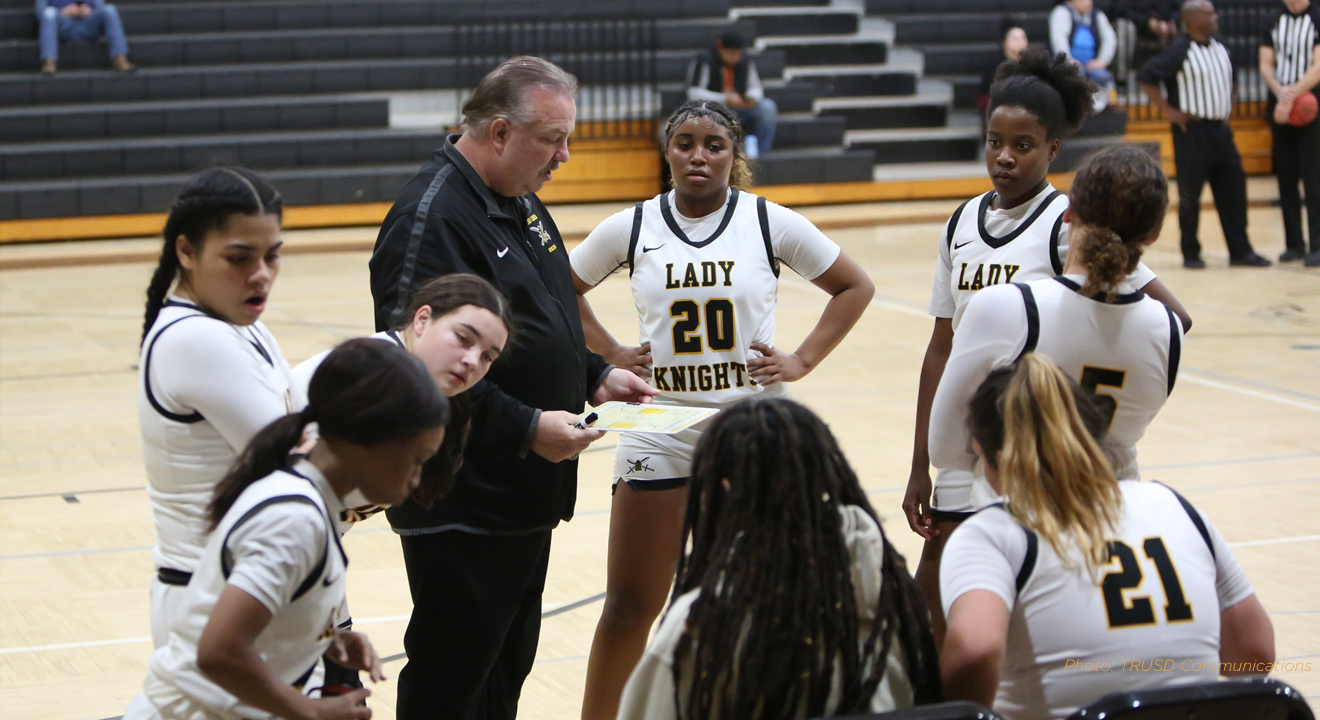The Key West case of the stolen gold bar has ended with two convictions but with only a sliver of the treasure recovered.
Jarred Goldman acted as the lookout while his cohort stole a 16th century gold bar from its case at a Key West museum in 2010, a federal jury decided Wednesday evening.
He is due in court for sentencing July 23 when he faces up to 15 years in prison for the heist that stunned the Southernmost City and robbed a museum of a treasure valued at $550,000.
Goldman, of Palm Beach Gardens, remains free on bond. He didn’t testify but admitted to federal agents he was on the security video taken during the crime and admitted he knew a theft had taken place.
At trial, Goldman’s public defenders said he played no part in the plot to steal the gold bar.
The jury rendered a guilty verdict in less than an hour Wednesday after two days of testimony.
Goldman’s partner in the crime, Richard Steven Johnson, of Rio Linda, California, pleaded guilty as charged in April in exchange for a lighter sentence. But his promised cooperation with federal prosecutors didn’t include testifying during Goldman’s trial.

The two were charged with theft of major artwork and conspiracy to co
mmit an offense against the United States after they swiped the gold bar from the Mel Fisher Maritime Heritage Museum, 200 Greene St., at about 5:15 p.m. on Aug. 18, 2010.
Johnson pleaded guilty to both counts while the jury Wednesday found Goldman guilty of both.
The two men had driven from West Palm Beach to Key West to commit the crime, and then drove back.
Johnson was caught on the museum’s security video jimmying open the gold bar’s case and placing the bar inside the front pocket of his jeans. He is also set for sentencing July 23 before Judge Jose Martinez at U.S. District Court in Key West.
The theft drew national attention but the case ran cold for nearly eight years until an anonymous tip led federal agents to Johnson and Goldman, who were both arrested in January.
In April, the FBI recovered just a tiny sliver of the nearly 75-ounce gold bar, which was part of the treasure discovered in 1980 by legendary salvor Mel Fisher and his crew who struck gold — and silver and emeralds — by locating both the Santa Margarita and Nuestra Senora de Atocha galleons.
Once again, an anonymous tip led agents to the gold piece. Corey Malcom, an archaeologist at the museum, testified he recognized the sliver as part of the gold bar.
The gold bar had been on display for more than 20 years. Visitors were able to reach into the Plexiglass display case and lift the bar with one hand.
The museum received about $100,000 from its insurance company for the stolen gold because the insurers would only pay for its “meltdown value,” said museum president and CEO Melissa Kendrick while testifying Tuesday.
Source: Miami Herald









